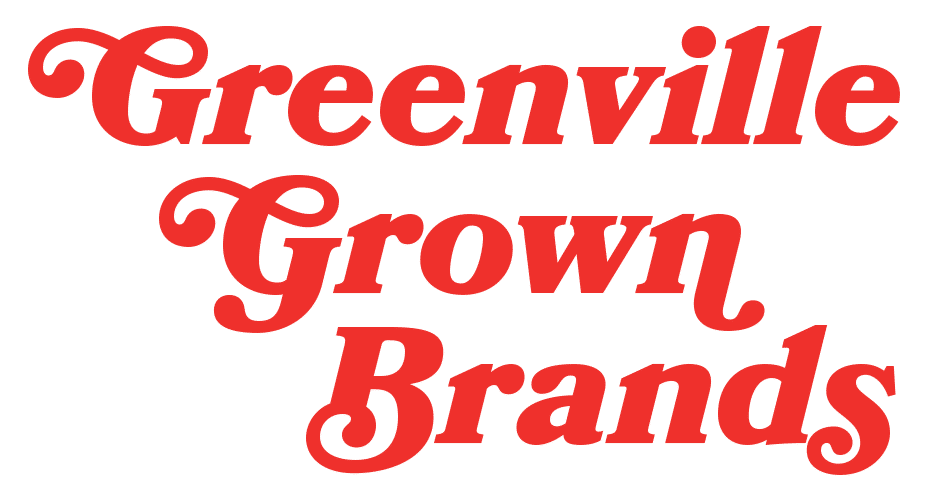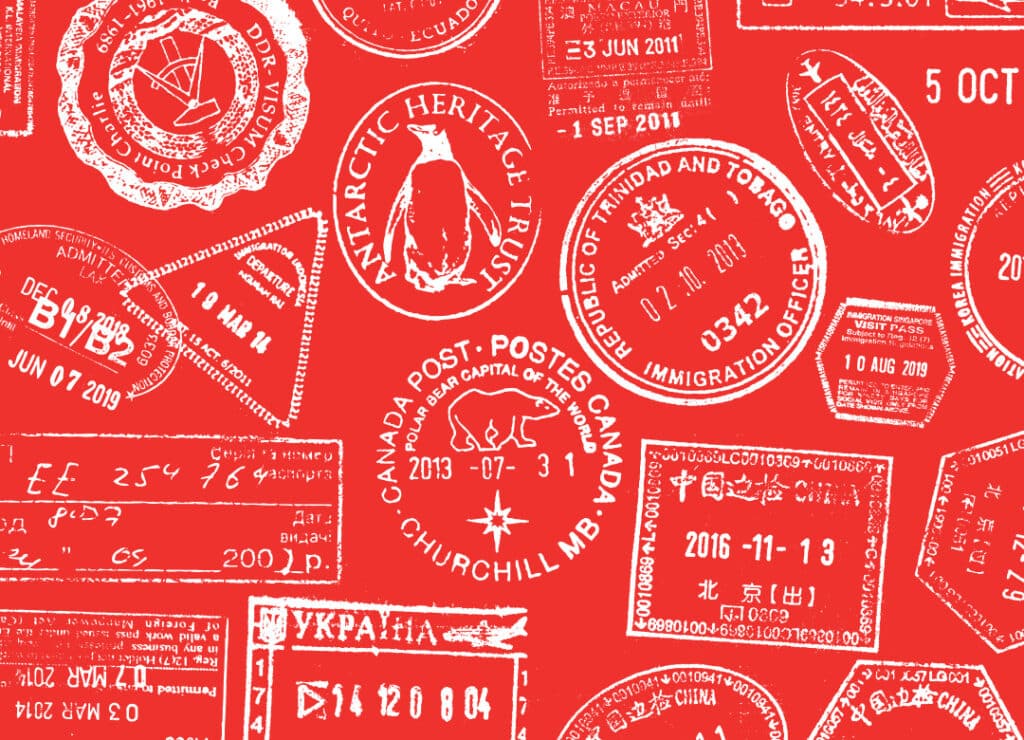
“If Nike opened a hotel, we would be able to guess pretty accurately what it would be like. If Hyatt came out with sneakers, we’d have no clue.”
I couldn’t help but wonder: Why is that exactly, Seth Godin?
He concludes: “Because Hyatt doesn’t have a brand, it has a logo.”
Brand vs. Logo: Why it matters, especially for hospitality marketing
Brand vs. logo. I don’t know if this is a powder keg for intense, philosophical debate or simply a “What comes first?” riddle. “The chicken or the egg?” All Godin’s getting at is this: Your brand is not your logo; your brand is your promise. So you should chill on spending so much time fixated on serif vs. sans serif if you’re not equally fixated on what that logo’s ultimately promising. What type of expectations do you want your brand to create? And how are you guaranteeing that your promise is essential and memorable in your travel marketing? Emotional = memorable.
According to Godin, because the Hyatts, Hiltons, and Marriots of the world are relatively identical to one another from an offering and experience standpoint, travelers choose between them in the only way that makes sense to an emotionally unattached consumer: by price. But delivering on show me the best deal doesn’t always communicate value, or guarantee long-term loyalty, in the way many brands need to. If your brand isn’t trying to win on price, it has no other choice but to win on brand experience. And brand experience is always powered by emotion.
According to Forbes’ Sajar Rajgopal, there are two crucial insights to note: “Emotionally engaged customers are three times more likely to recommend a product or repurchase” and “People want to create beautiful memories, and most are willing to pay a higher price for it.”
This is why Godin also believes “The value of a brand is how much I’m paying above the substitute. And if I’m not paying extra, you don’t have a brand.”
We welcome a challenge.
Whether you’re a destination, a hospitality brand, an experience, or anything in between, we have three steps you can take to create a brand-first marketing strategy designed to attract more travelers.
“If Nike opened a hotel, we would be able to guess pretty accurately what it would be like. If Hyatt came out with sneakers, we’d have no clue.”
– Seth Godin

1. Step One: Define, or realign on, your Brand DNA.
The most successful brands with the most compelling brand experiences use their brand DNA as guides. We define Brand DNA as all the pieces that fit together to form your brand identity or brand essence, which include the brand personality, values, voice, and positioning. If you’re a new brand, or in the process of a major rebrand, we’ll help you define or redefine yours during the Brand Essence phase of our Brand Blaze. The overarching benefit most relevant here? Brand DNA helps us articulate your Brand Promise.
As mentioned by marketing professor Sonja Prokopec, mass brands typically begin the process of identifying their Brand DNA and their own positioning through a competitive audit, while premium and luxury brands return to their roots for inspiration. Heritage always holds the key, and there are countless luxury brands that prove it, especially within the worlds of travel/destination/tourism marketing.
I’ve worked on a large portfolio of luxury brands, including several luxury hospitality brands, and my clear favorite was also the most clear as a brand: St. Regis Hotels & Resorts. From Day 1 of induction, the marketing team baptized me in the heritage and origin story (the founding Astor family, leaders of NYC’s elite at the turn of the 20th century), the values (address, uncompromising, bespoke, seductive), the signature rituals and services (the bloody mary, afternoon tea, sabrage/champagne sabering, butler service), and the brand’s extended passions (jazz, polo, fashion…). I was given a red, leather bound book of every signature bloody mary recipe in every St. Regis hotel. I was quizzed on the hero scent of an asian restaurant (lemongrass) in one corner of the hotel, to the meaning of the iconic mural (the city’s first settlers) behind the main bar in another corner. Answering correctly was the purest way – and maybe the only way? – to show respect. But how did all of these details translate into a memorable Brand Promise?
“The value of a brand is how much I’m paying above the substitute. And if I’m not paying extra, you don’t have a brand.”
– Seth Godin

2. Step Two: Translate your Brand DNA into a Brand Promise
The St. Regis synthesized elements of its Brand DNA, including “address, uncompromising, bespoke, and seductive,” to create a singular Brand Promise and expectation for its guests: Live Exquisite.
A few years ago, “Live Exquisite” became the guiding light for all St. Regis communication and brand experience. From Vogue collaborations and world-class polo events to Jazz Legends performances and room service delivery, even the selection process for brand ambassadors and the sign off on key visuals. “Live Exquisite” lived (and lives) everywhere, no touchpoint left untouched.
And what’s also important to note, “Live Exquisite” appeals to emotion. We already know the surest strategy to get consumers to pay more is to make them feel emotionally invested in their purchase or experience. And most importantly, the St. Regis guest wants to feel important. It’s a classic, luxury-driven guest that’s invested in “status and connoisseurship.”
Determining your guests’ or customers’ key motivation is crucial to completing your Brand DNA work as accurately as possible. For example, further emphasizing the role of the “address” in the brand’s values, St. Regis is in fact “the place where people want to see and be seen.” But of course, just being seen won’t cut it either. Guests still maintain clear expectations of service and experiences too, like “looking for the hotel to serve up performances by jazz legends or signature rituals like midnight supper and St. Regis bloody marys.” And, without surprise, the brand is more than happy to deliver. They promised it, afterall.
“People want to create beautiful memories, and most are willing to pay a higher price for it.”
– Sajar Rajgopal, marketing professor

3. Step Three: Convert your Brand Promise into an inspired experience strategy.
Start simple: Make a list, but keep it customer-centric.
Where are your customers most likely to engage with you? And how can you use those touchpoints – and your Brand Promise – to create the greatest impact? While your Brand DNA and Brand Promise give your brainstorming clear parameters, your customer journey gives you the actual path to follow and focus on.
Is your website and booking functionality up-to-date? Optimized for UX? Beautifully designed? Clear but also engaging? We know that 88% of consumers are less likely to return to a site with bad UX and bad design.
What about your social media channels? Are they updated consistently with story-rich content? Showing engagement and quick responses? We know that more than 80% of consumers use social media to interact with brands.
And repeat…
At each touchpoint, create a column for challenges and opportunities, then list ways your Brand DNA and Brand Promise can be integrated into solutions. If we return to the St. Regis for a moment, we can see how their values of “address,” “uncompromising,” “bespoke,” and “seductive” influence how they pick their hotel locations and train their staff to create the most thoughtful, luxurious experiences, from their bars to their spas to their bedrooms – all to a subtle soundtrack of jazz. The goal is always the same: elevate experiences.
For a deep drive into other top brands getting their brand-first customer experience to a pretty spectacular place, there’s no shortage of inspiration: Nike, Disney, Airbnb and Amazon. Let’s see brand-first experience strategy in action.


If you have any questions about how to get started on creating a brand-first experience strategy (or brand, content, and marketing strategy), consider us your hospitality marketing agency. We’re all ears.
We’d love to get the chance to work with you and help your brand reach its full potential.







